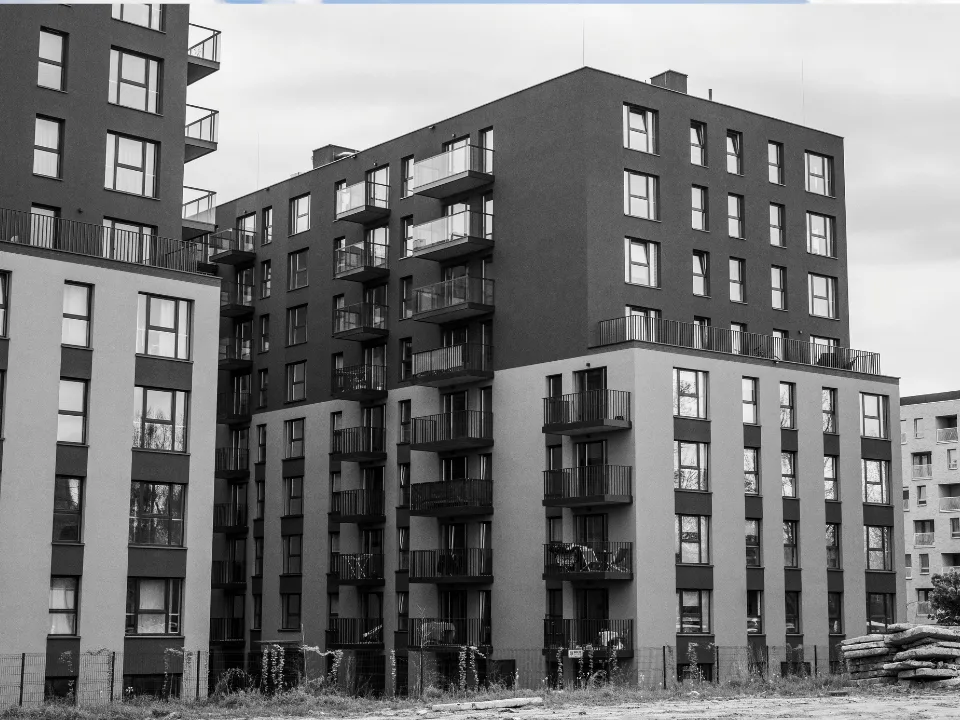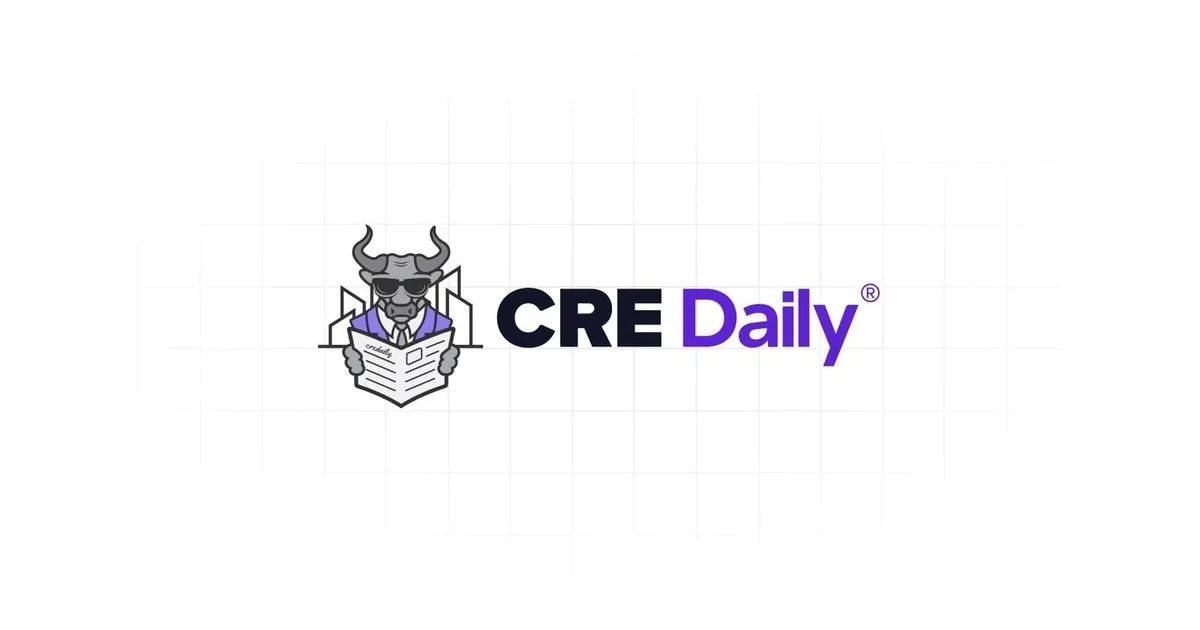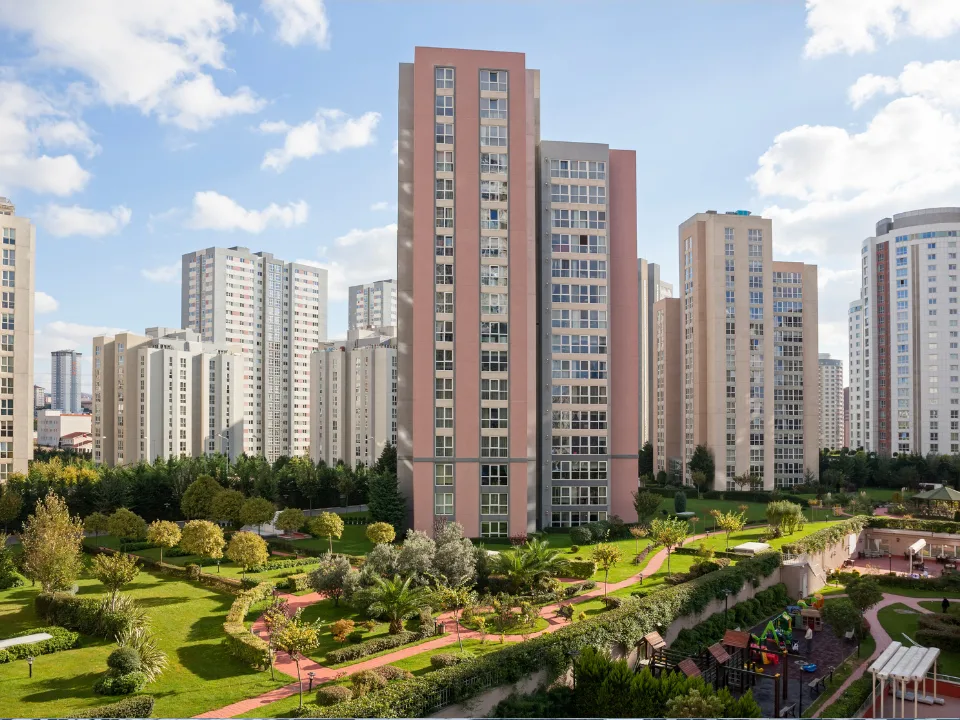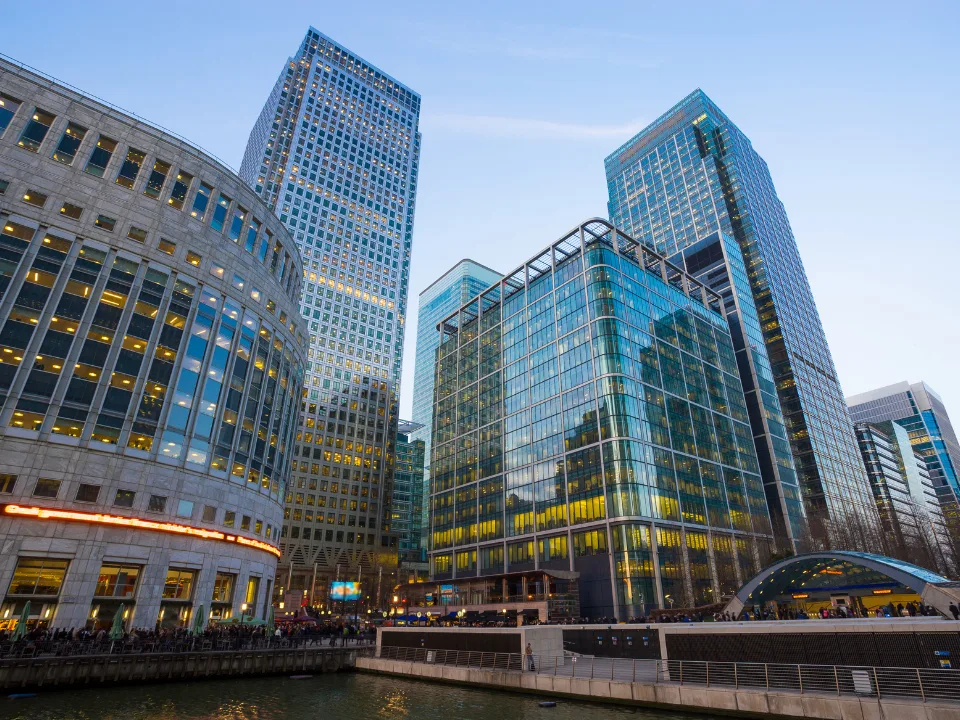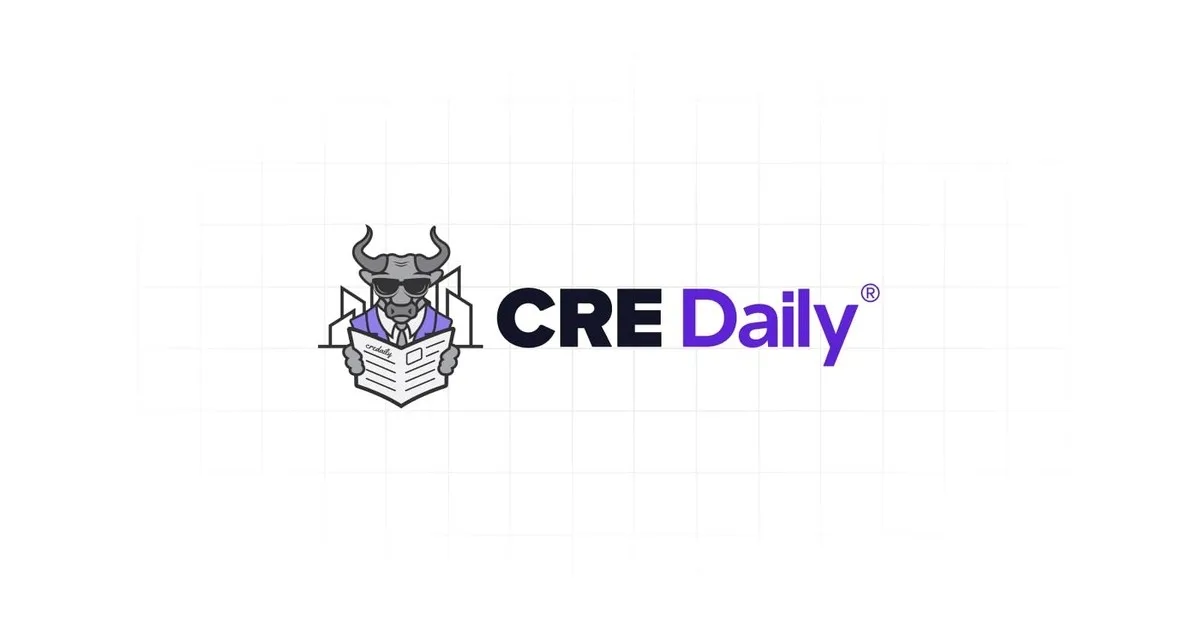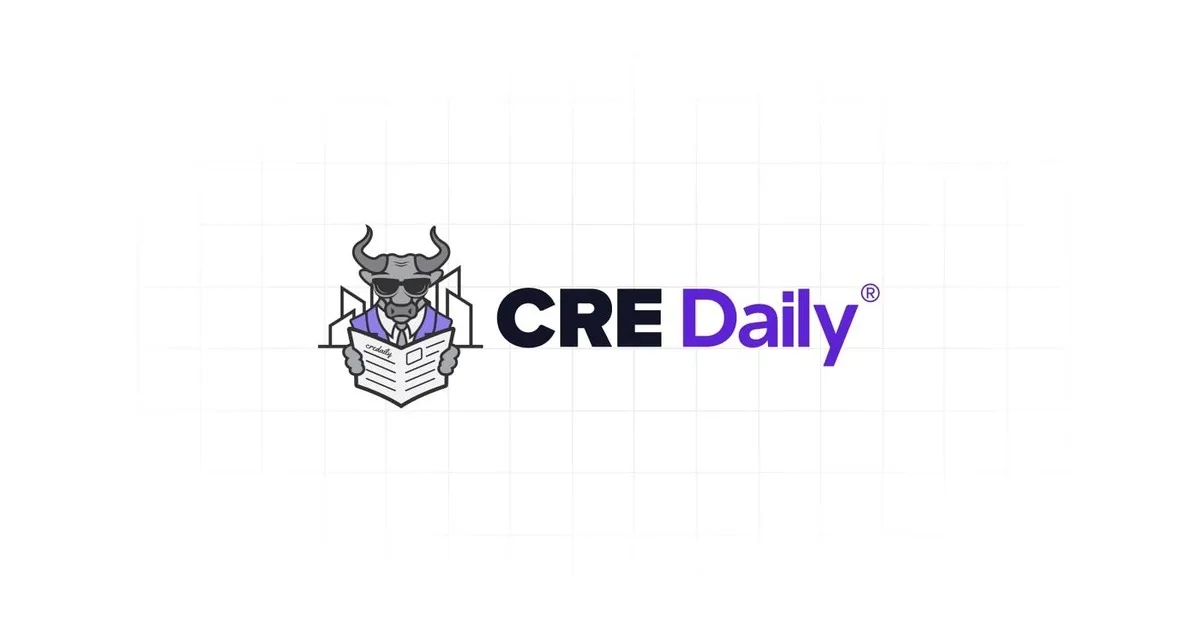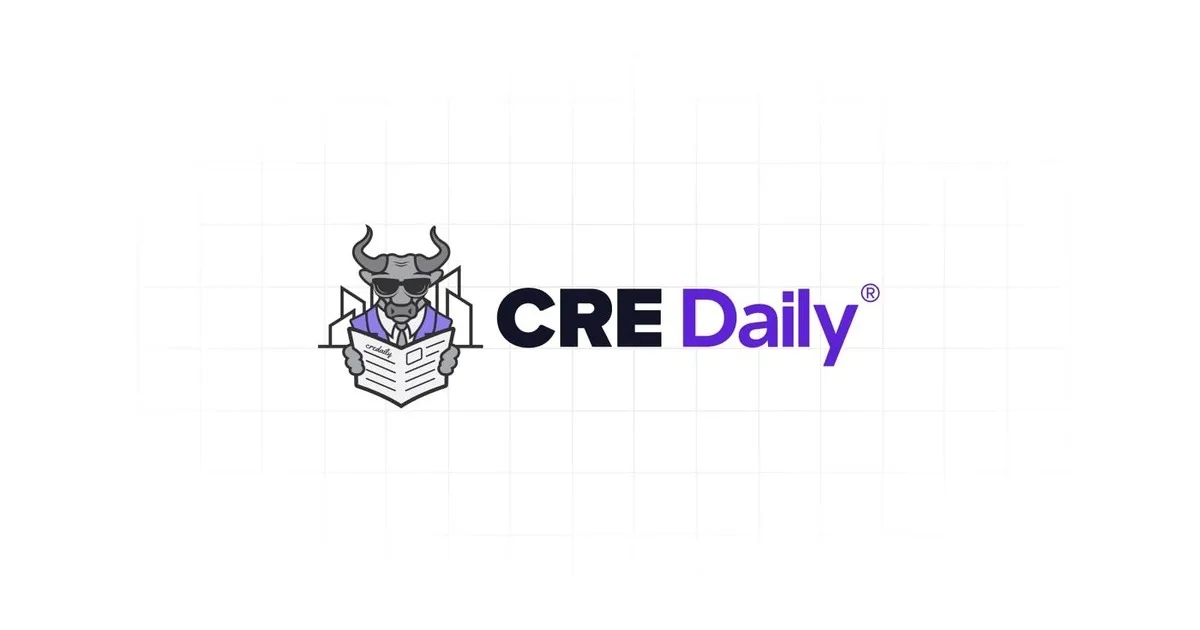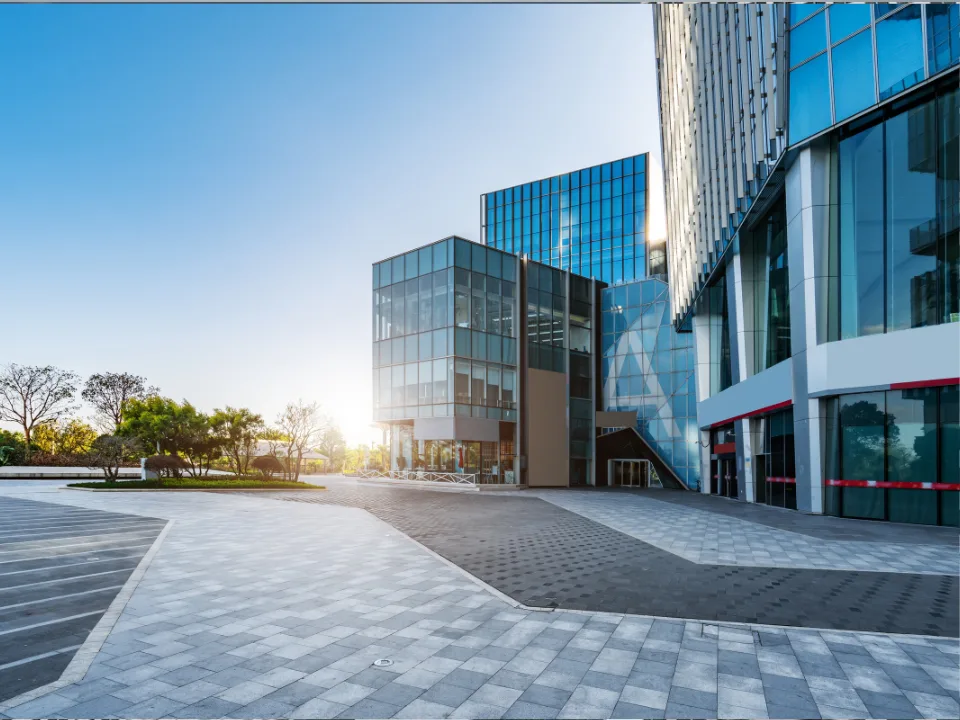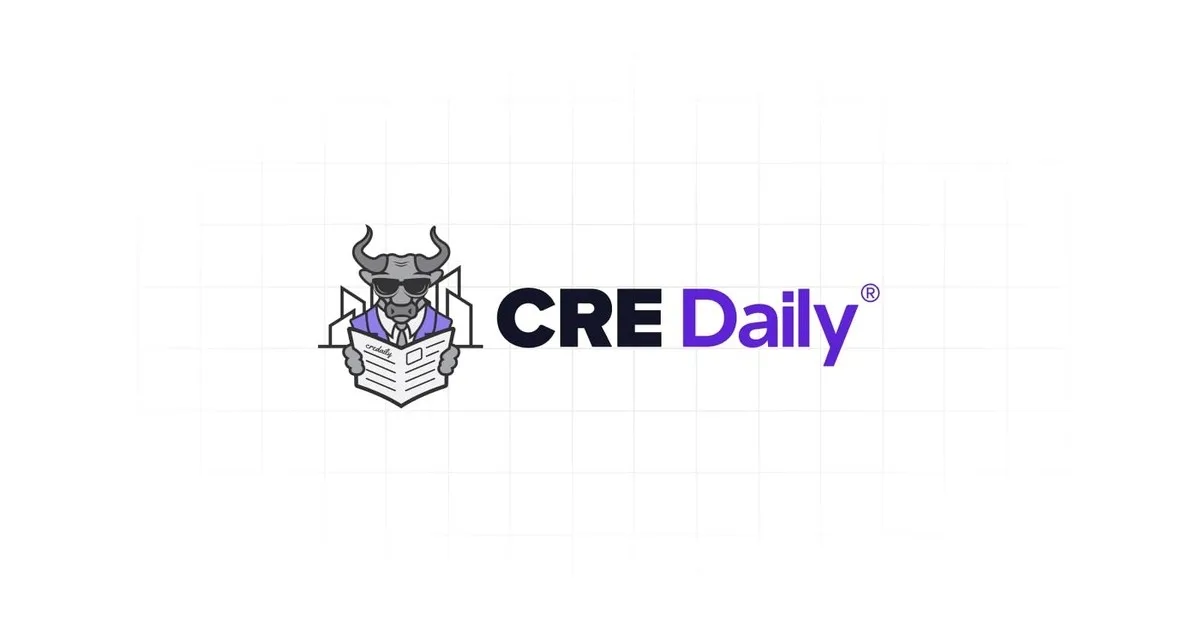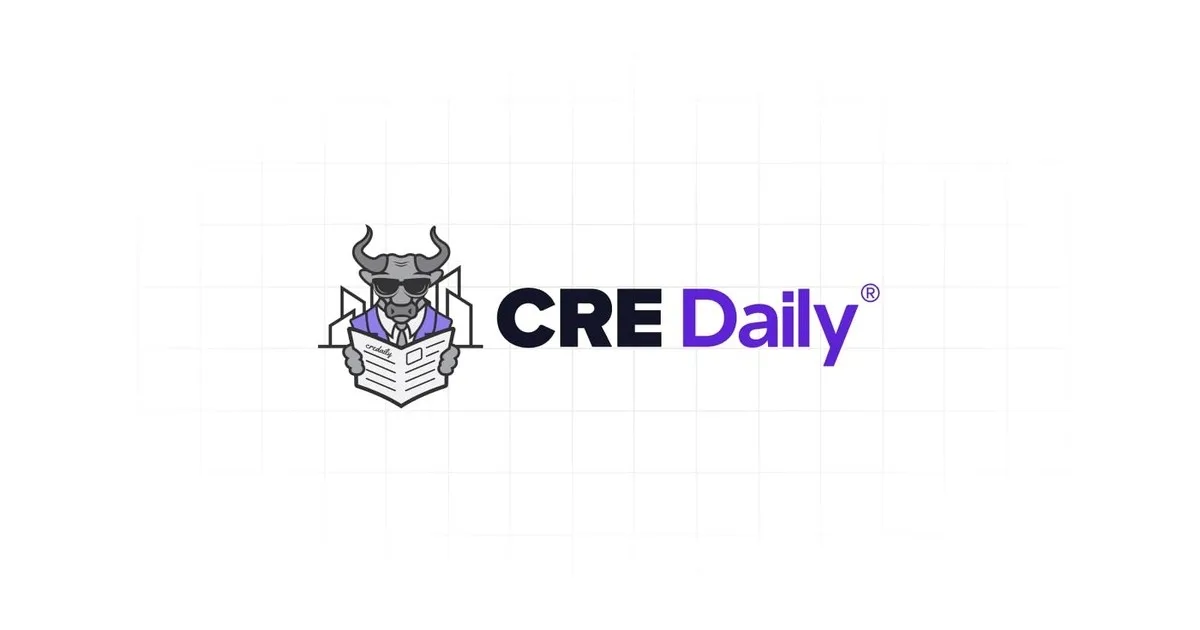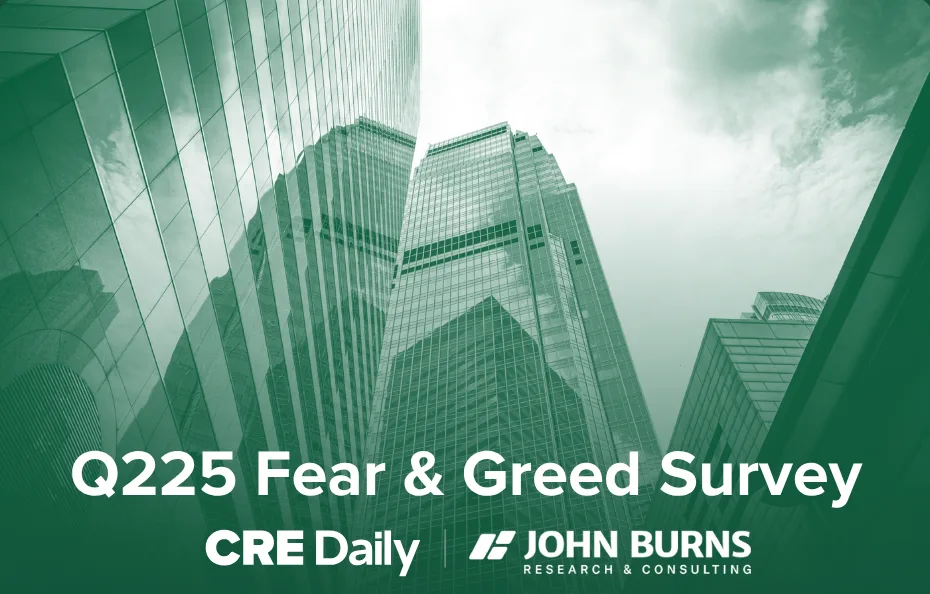- A mix of inflation, tariffs, and interest rate uncertainty is pushing investors toward private real estate as traditional asset valuations remain elevated and volatile.
- Falling CRE valuations, limited new development, and steady demand are strengthening fundamentals across the sector.
- Rising construction costs driven by tariffs could support rental growth and property values, especially in supply-constrained markets.
- CRE continues to attract investors for its income-generating potential and resilience during inflationary periods.
Investors Shift Toward Real Assets
With equity markets appearing stretched and economic uncertainty persisting, private commercial real estate is emerging as a preferred alternative, per GlobeSt. According to Accordant Investments, recent market instability—including elevated tariffs, sticky inflation, and unpredictable rate policies—has prompted investors to diversify into assets with more stable return profiles.
Historical comparisons suggest caution: current equity valuations rival those seen during the dot-com bubble and the post-COVID boom, both of which preceded sharp corrections. That’s turning investor attention to CRE, where pricing has recently reset to reflect higher borrowing costs and slower development activity.
CRE Fundamentals Look Strong
Despite a challenging macro backdrop, CRE fundamentals are improving. With fewer new development projects breaking ground and a balanced supply-demand dynamic, existing portfolios are gaining value. While inflation raises operating costs, it also drives up replacement costs and rental rates, potentially lifting returns for core assets.
Even as recession risks grow—spurred by tighter trade policies and tariff-related pressures—CRE continues to show resilience. According to Accordant, transaction volumes remain relatively healthy, and return expectations are in line with or above historical norms.
Get Smarter about what matters in CRE
Stay ahead of trends in commercial real estate with CRE Daily – the free newsletter delivering everything you need to start your day in just 5-minutes
Tariffs: Risk and Opportunity
Tariffs on key building materials like steel, aluminum, and copper are increasing construction costs, which could deter new projects. This supply constraint may benefit current owners as rental growth outpaces new supply. However, higher costs also squeeze net operating income and may stall growth in certain segments.
Economists warn of potential short-term economic pain, including a higher risk of recession. Yet if tariffs ultimately dampen inflation or slow growth enough to trigger Fed rate cuts, CRE could benefit from cheaper financing and improved cap rate spreads.
CRE’s Role in a Diversified Portfolio
With its inflation sensitivity, steady income, and historically low correlation to traditional asset classes, private real estate is increasingly viewed as a stabilizing force within diversified portfolios. Accordant notes that even amid economic turbulence, the sector’s fundamentals remain solid—and, for now, well-positioned to outperform other asset types.
What’s Next
Investors are expected to remain cautious but opportunistic in the second half of 2025, favoring core CRE strategies with low leverage and high-quality assets. As uncertainty lingers, demand for tangible, income-producing assets is likely to persist.
